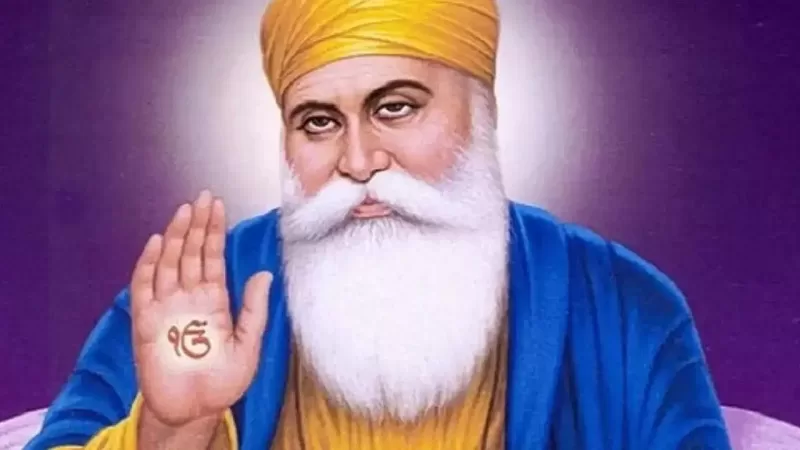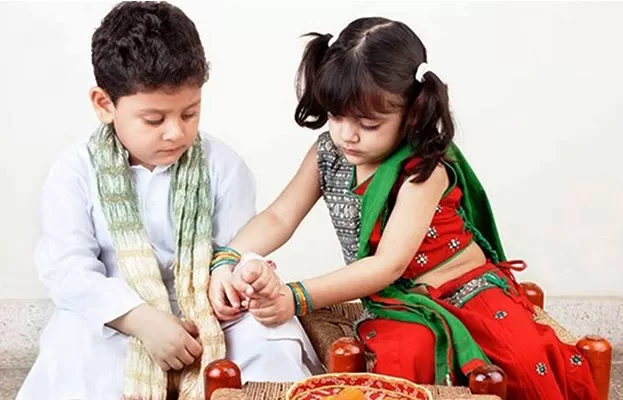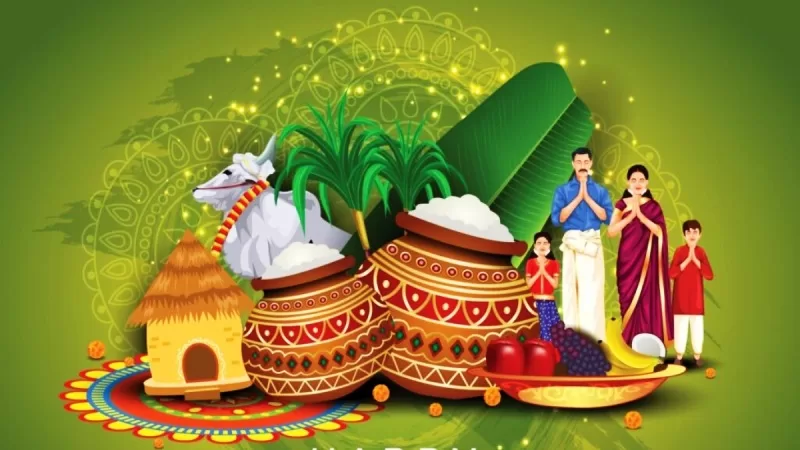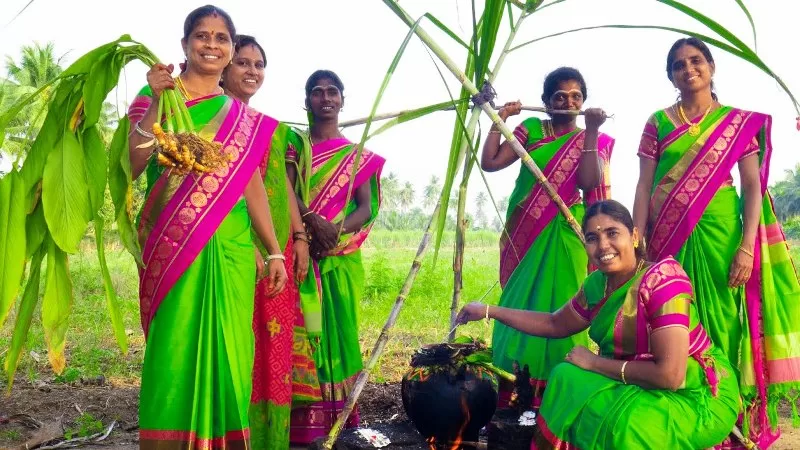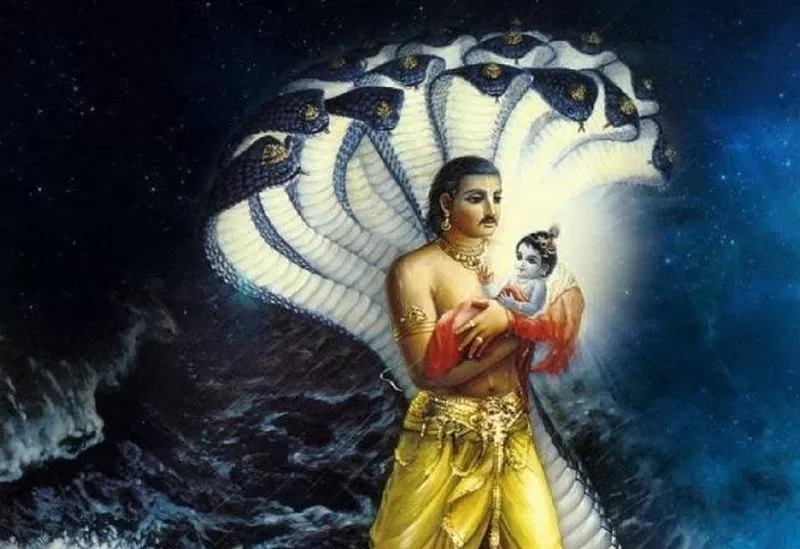
Shree Krishna Janmashtami: The Celebration of Lord Krishna’s Birth and Divine Leelas
Shree Krishna Janmashtami: The Celebration of Lord Krishna’s Birth and Divine Leelas
Janmashtami is one of the most vibrant and widely celebrated festivals in Hinduism. It marks the birth of Lord Krishna, the eighth incarnation of Lord Vishnu, who is revered as the Supreme Being in Hindu tradition. This festival, celebrated with immense devotion and joy, is especially popular in regions like Mathura, Vrindavan, Gokul, and Dwarka, where Krishna spent much of his childhood.
Janmashtami is not just a religious occasion, but also a celebration of the eternal principles of love, devotion, and dharma (righteousness) that Lord Krishna personified. The festival is celebrated with prayers, fasting, dance, and cultural performances, and is a symbol of the triumph of good over evil.
In this blog, we will explore the history, significance, rituals, and celebrations of Janmashtami, as well as the spiritual lessons we can learn from the life and teachings of Lord Krishna.
1. The Story Behind Janmashtami: Birth of Lord Krishna
Lord Krishna was born to Yashoda and Vasudev in the prison cell of Kansa, the tyrant king of Mathura, on the eighth day (Ashtami) of the dark fortnight in the month of Bhadrapada (which corresponds to August-September in the Gregorian calendar).
The birth of Lord Krishna occurred under miraculous circumstances. Kansa, who had been told by a prophecy that the eighth son of his sister Devaki would bring about his demise, had imprisoned Devaki and her husband Vasudev to prevent their children from being born. Despite his efforts, Krishna was born on the dark night of Janmashtami, and Vasudev secretly took him to Gokul, where he was raised by foster parents, Nand and Yashoda.
The divine child performed several miracles during his childhood, including lifting the Govardhan Hill to protect his devotees from a storm created by the god Indra, and stealing butter from the homes of Gokul’s residents. His childhood was marked by numerous Leelas (divine acts), which have been immortalized in the scriptures and hymns.
2. The Spiritual Significance of Janmashtami
Janmashtami is not only a celebration of Lord Krishna’s birth but also a celebration of his teachings and divine acts. The significance of Janmashtami can be understood in various ways:
1. Victory of Good Over Evil
Lord Krishna’s birth is seen as a divine intervention to restore cosmic order. He incarnated to defeat the evil forces of Kansa and other demons who were terrorizing the world. By defeating Kansa, Krishna symbolized the victory of good over evil, and the establishment of dharma (righteousness).
2. The Divine Leelas of Lord Krishna
Lord Krishna’s life is full of divine Leelas or miracles. From the time of his birth to his youth and adulthood, Krishna’s actions were marked by extraordinary feats that showcased his divine nature. These Leelas are not just stories; they are symbols of deeper spiritual truths, emphasizing the importance of devotion, selflessness, and surrender to God.
3. Krishna’s Teachings in the Bhagavad Gita
The Bhagavad Gita, which is a conversation between Lord Krishna and the warrior Arjuna on the battlefield of Kurukshetra, is one of the most important scriptures in Hindu philosophy. Krishna’s teachings in the Gita guide individuals on how to live a righteous life, perform selfless actions, and surrender to the will of God. Janmashtami is an opportunity to reflect upon and internalize these teachings.
4. A Celebration of Bhakti (Devotion)
Krishna is often associated with Bhakti (devotion). The festival encourages devotees to engage in devotional singing (Bhajans), dancing (Raas Leela), and fasting, which symbolize their love and devotion to God. The emphasis is on developing a loving and intimate relationship with the Divine, just as Krishna’s devotees did.
3. Rituals and Traditions of Janmashtami
The observance of Janmashtami varies across different regions of India and the world. However, there are several common rituals and traditions that are followed by devotees everywhere:
1. Fasting and Prayer (Vrata)
On Janmashtami, devotees observe a fast, which can vary from complete fasting to fruitarian fasting. Some devotees stay awake throughout the night, remembering the birth of Krishna and his divine acts. The fast is broken only after the midnight hour, which is considered the time of Lord Krishna’s birth.
2. Night Vigil and Recitation of Krishna’s Leelas
The central event of Janmashtami celebrations is the night vigil, or Jagran. Devotees gather in temples and homes to recite bhajans (devotional songs) and listen to the stories of Krishna’s childhood, his miracles, and his teachings. The entire night is spent in prayers, chanting mantras, and devotional singing.
3. Dahi Handi (Breaking the Pot of Yogurt)
In many parts of India, especially Maharashtra, the day after Janmashtami is celebrated with the Dahi Handi competition. This tradition commemorates the mischievous Krishna’s love for butter. A clay pot filled with yogurt or butter is hung high above the ground, and teams of young men, known as Govindas, form human pyramids to reach the pot and break it. The event is a display of teamwork, strength, and devotion, and has become a highly anticipated event in cities like Mumbai.
4. Decorated Temples and Homes
On Janmashtami, temples dedicated to Lord Krishna are beautifully decorated with flowers, lights, and offerings. The idols of Krishna are dressed in new clothes, and the prayers and aarti are offered to them. Devotees also decorate their homes with flowers, rangolis, and Krishna idols, while some recreate scenes from Krishna’s life.
5. Ras Leela and Dance
In regions like Vrindavan and Mathura, where Krishna spent his childhood, the Raas Leela (a traditional dance drama) is performed. The Raas Leela depicts the divine dance between Krishna and the Gopis (cowherd girls) of Vrindavan, symbolizing the love between the divine and the devotee. This dance is accompanied by devotional singing and is one of the most beloved cultural expressions of Krishna’s love.
4. Celebrating Janmashtami Around the World
While Janmashtami is predominantly celebrated in India, the festival has spread across the globe, especially in countries with large Indian diaspora communities, including the United States, United Kingdom, Canada, Fiji, and South Africa.
In the United States:
In the U.S., temples and cultural organizations organize Krishna Janmashtami festivals that feature traditional rituals, bhajans, dance, and food. The ISKCON (International Society for Krishna Consciousness) temples, which follow the teachings of A.C. Bhaktivedanta Swami Prabhupada, host grand celebrations, with many devotees partaking in the Harinama Sankirtan (chanting of the holy names of Krishna).
In the United Kingdom:
In the UK, especially in London and Leicester, Janmashtami is celebrated with grand processions, cultural performances, and temple activities. The Radha Krishna Temple in Soho, London, is known for its elaborate celebrations.
In South Africa:
In South Africa, where the Indian diaspora has been significant, Janmashtami is celebrated with Kirtan, dancing, and the distribution of Prasadam (food blessed by Krishna). South Africans also celebrate Dahi Handi, a popular tradition that reflects the playful spirit of Krishna.
5. Lessons from Lord Krishna’s Life
Janmashtami is more than just a celebration; it is a time to reflect on the profound lessons imparted by Lord Krishna:
-
Selfless Service (Seva): Krishna’s life was a reflection of selfless service to others, especially to his devotees. He teaches us the importance of doing good deeds without expecting anything in return.
-
Detachment from the Material World: Through his teachings in the Bhagavad Gita, Krishna guides us to live without attachment to the results of our actions, fostering a sense of detachment while still engaging in worldly duties.
-
Devotion to God: Krishna is the embodiment of divine love and devotion. His teachings encourage us to cultivate a personal, loving relationship with the Divine and to dedicate our actions to God.
-
Dharma and Righteousness: Krishna’s actions throughout his life embody Dharma — righteousness and moral duty. By following his guidance, we can navigate the complexities of life with integrity.
Conclusion: Janmashtami – A Celebration of Divine Love
Janmashtami is not just a festival of fun and celebration; it is an opportunity to connect with the divine through love, devotion, and prayer. By observing the rituals and learning from Krishna’s teachings, we can find joy, peace, and spiritual growth in our lives.
As we celebrate the birth of Lord Krishna, let us remember the values he imparted and strive to live our lives with love.





